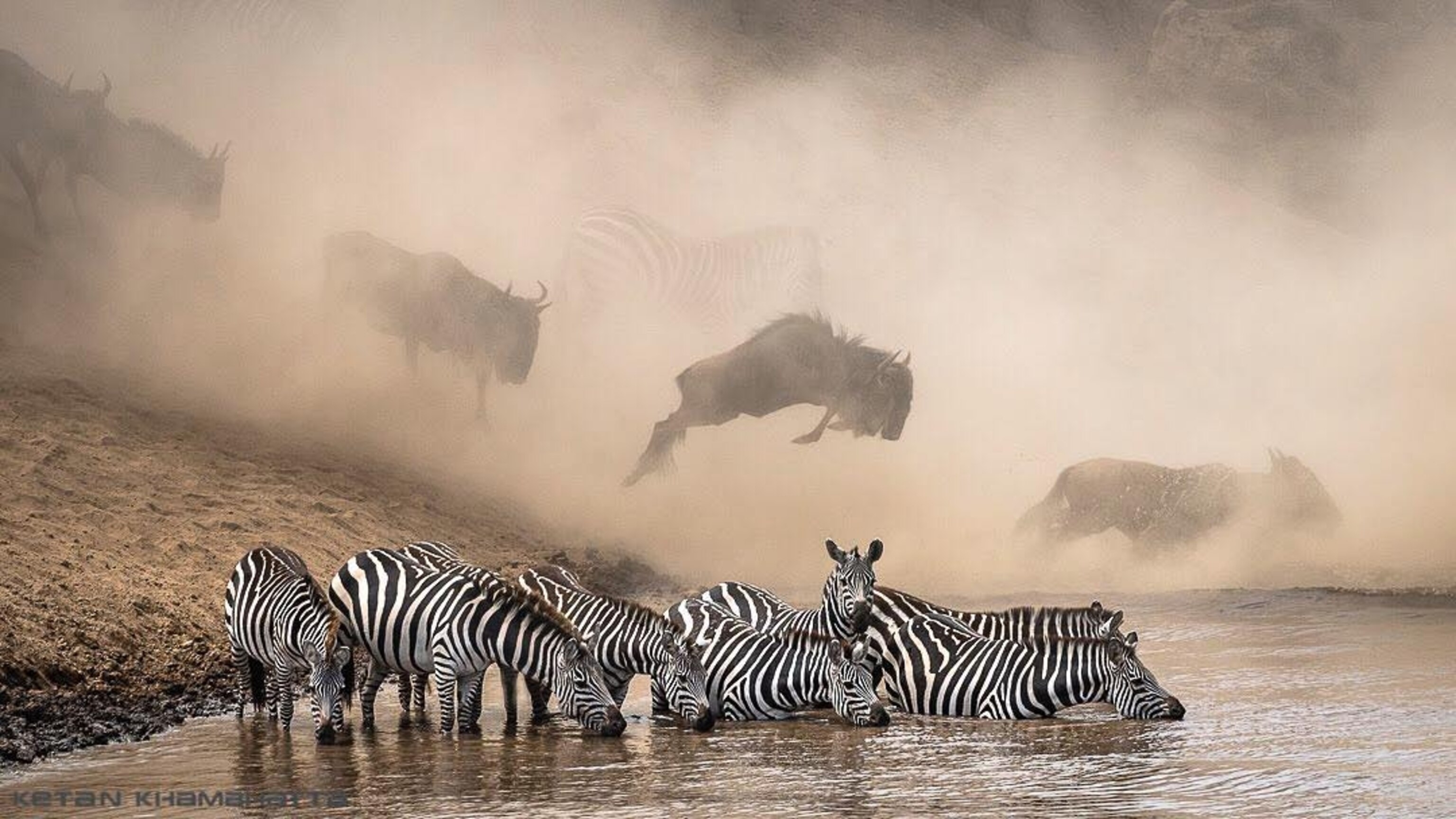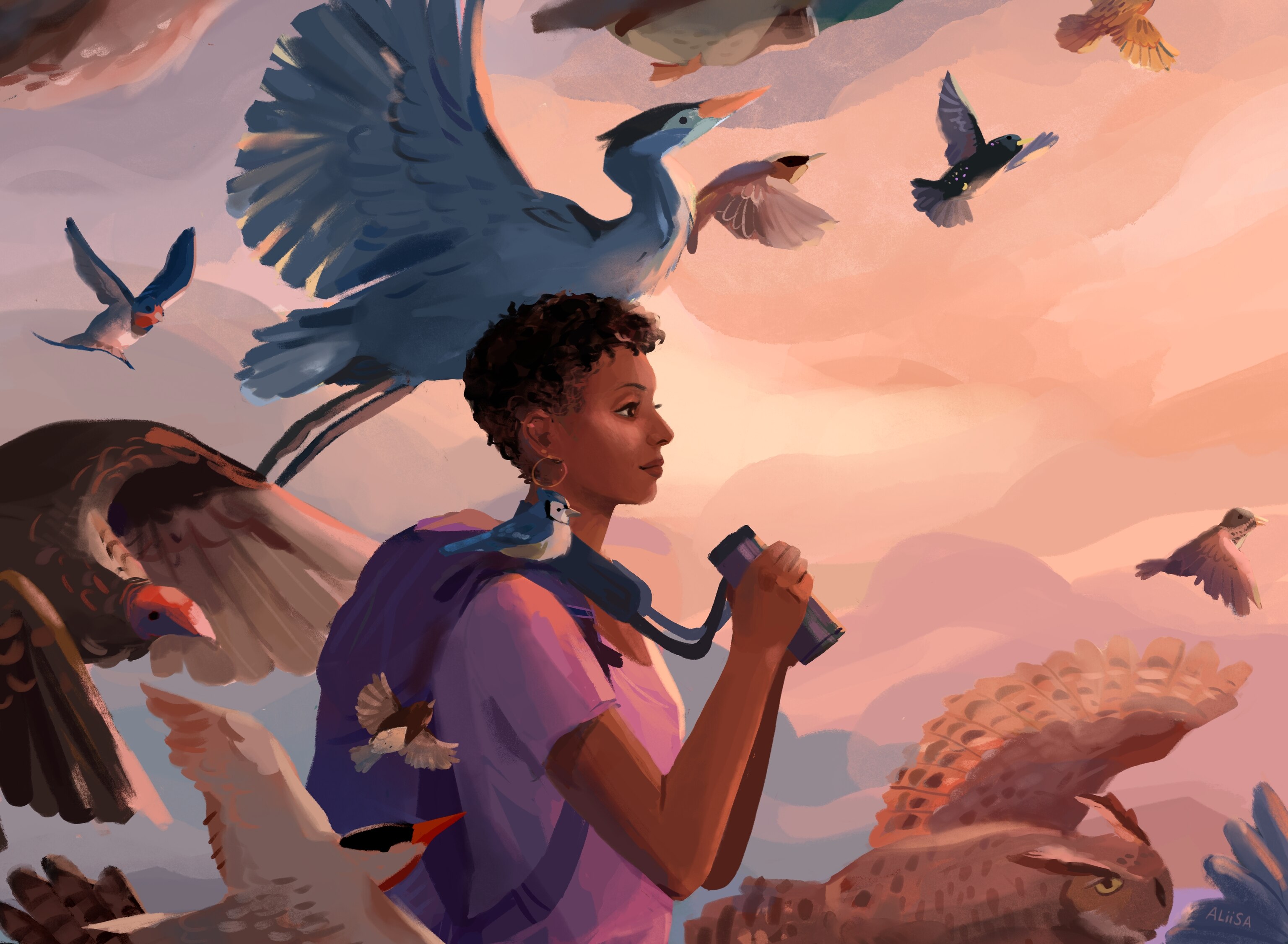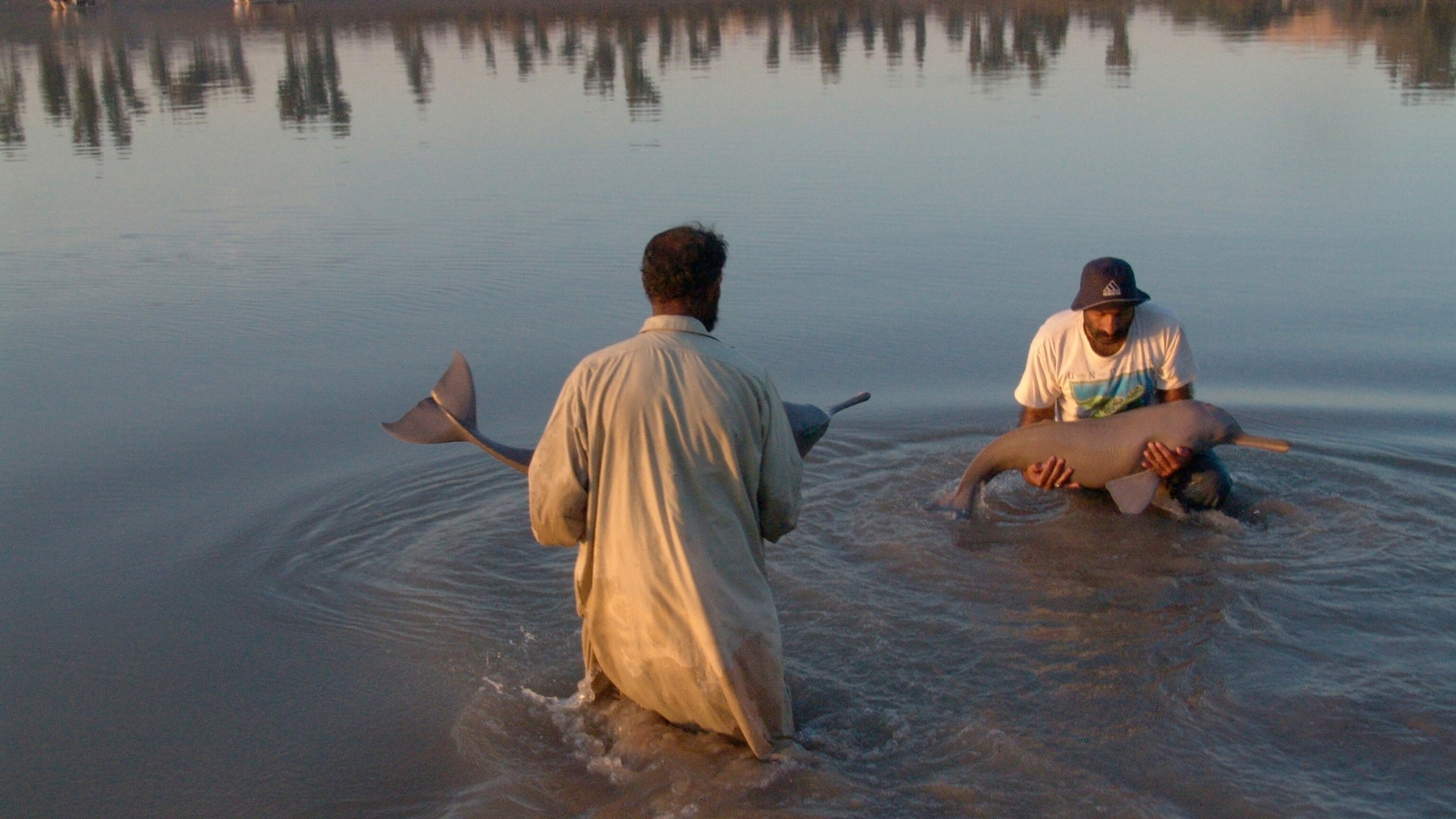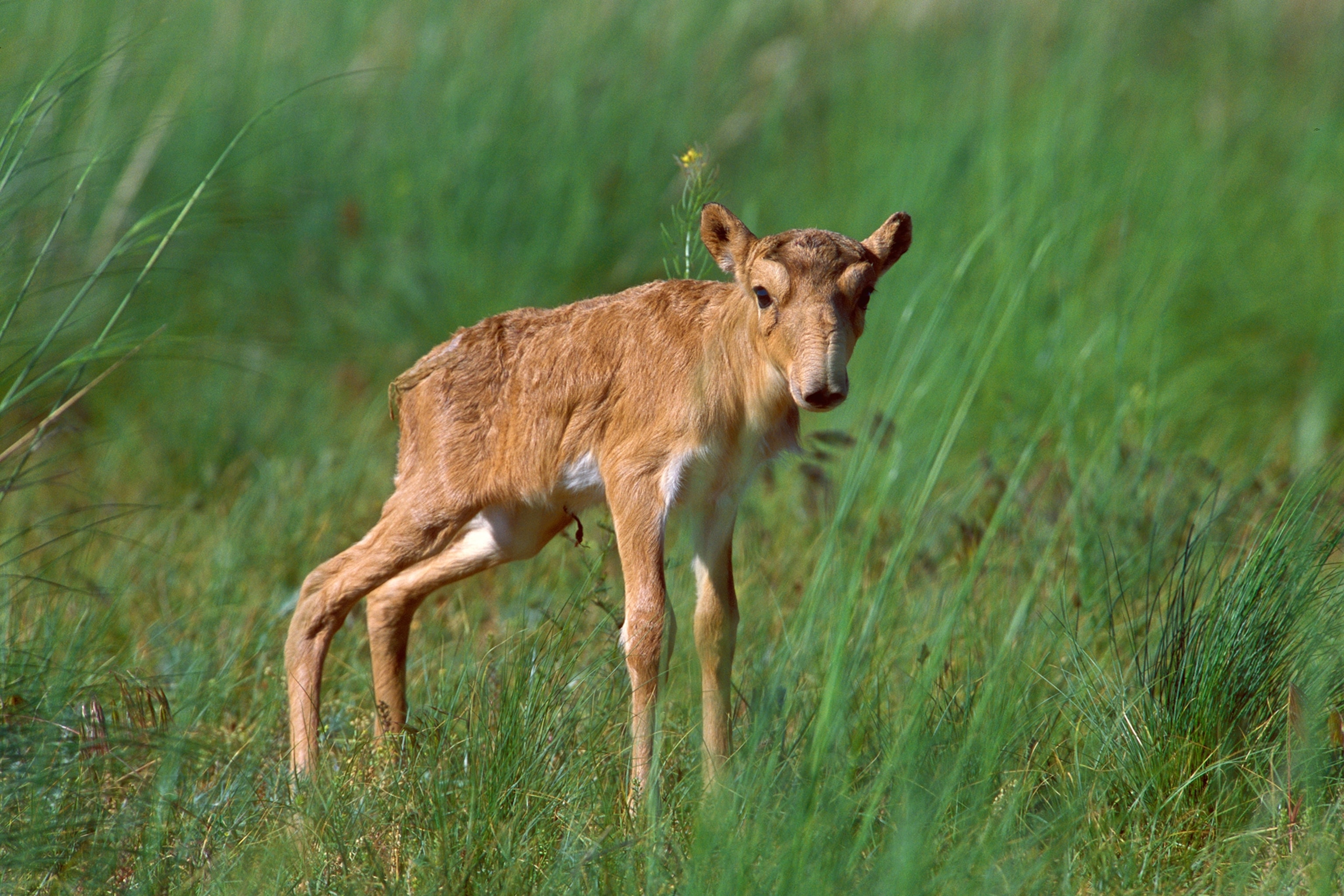
Is elephant poaching really declining?
By Rachael Bale, ANIMALS Executive Editor
Of all the wildlife products trafficked around the world, ivory is probably the best known. Elephant poaching was one of the first things I reported on when I joined Nat Geo in 2016. Even though the international trade in ivory has been banned since 1990, some 30,000 African elephants are still killed by poachers each year, out of a continent-wide population of about 400,000.
Research in the past few years has suggested that the poaching crisis peaked in 2011 and has been easing little by little each year, helped along by country-level ivory bans and changing attitudes toward ivory items and wildlife. But just how much has poaching really dropped?
A new study suggests the reported declines are “something of an illusion,” says Scott Schlossberg, the lead author of the paper published this week in Scientific Reports, in a press release. He and his colleagues found that elephant poaching levels have mostly remained the same in southern, western, and Central Africa, but less poaching in East Africa has made it look like poaching across the continent has declined.
Regardless, it’s clear poaching is an ongoing problem and will be for years to come—not just to elephants, but to wildlife around the world. Especially amid the pandemic. Combating it isn’t as simple as “poach the poachers,” a comment I get quite a lot from readers. It’s important to keep in mind that like drug mules, poachers are typically at the very bottom of a much larger, organized network—they’re usually doing the dirty work out of economic necessity.
National Geographic’s Wildlife Watch reporting project covers wildlife crime—from elephant poaching to illegal high-fashion imports to the smuggling of reptiles for pets. If it’s a subject you care about, check out our work.
Do you get this newsletter daily? If not, sign up here or forward to a friend.
Your Instagram photo of the day

The calm and the chaos: This image, one of photographer Ketan Khambhatta’s favorites, shows the different personalities of two different species. During the river crossings in the Masai Mara, zebras tend to be very careful, looking out for crocodiles in the water before moving forward and slowly making progress. Wildebeests (in the background) blindly follow each other, jumping into the river with all their might in hopes of crossing over quickly. This photograph, shared by more than 60,000 people on our Nat Geo Your Shot Instagram page, went on to win a Nat Geo contest.
Subscriber exclusive: Spots and stripes are not so black and white
Watch: Zebras risk their lives to get to this place every year
Are you one of our 139 million Instagram followers? (If not, follow us now.)
Today in a minute

Followup: Black Birders Week, which started as a social media campaign to grow representation and recognition of Black bird watchers, has inspired a number of new initiatives. One development: The National Wildlife Federation is expanding its conservation fellowships and internships to create opportunities specifically for young biologists of color (students and recent grads) to help more Black birders launch careers in conservation. Several small organizations banded together to start a GoFundMe campaign to raise money to buy binoculars and field guides for Black K-12 students in Athens, Georgia. They had a goal of raising $5,000 and ended up raising more than $17,000. And an appreciative reader, Aliisa Lee, created this drawing, above, of Black Birders co-founder Corina Newsome.
Dutch end mink farming: Until the coronavirus pandemic, the Netherlands was the world's fourth biggest producer of mink. Then a COVID-19 outbreak occurred at mink farms, and two humans were reported infected by the animals. Since then, the nation has killed 500,000 of the animals and stopped their breeding, Nat Geo's Dina Fine Maron reports.
Concerned about the coronavirus, animals, and you? Watch Nat Geo’s Natasha Daly and three experts talk about what they know about animal-human transmission, or vice versa, and related COVID-19 issues at 2 p.m. ET Friday on our YouTube channel.
Not just one monkey species: Researchers have determined that there are three separate species of reclusive, tree-dwelling banded langurs, and the two newly designated species are among the world’s most critically endangered primates. The researchers corrected the taxonomic error by studying DNA found in monkey droppings in Southeast Asia, Rachel Nuwer reports for Nat Geo. Says Andie Ang, a National Geographic explorer and research scientist at the Wildlife Reserves Singapore Conservation Fund: “There’s definitely a lot more diversity out there than we know of—and if we don’t know about it, we risk losing it.”
We evolved that way: Primates became social over millions of years. Humans, too. How do we override our evolutionary hard-wiring, which tells us to mingle, even when doing so these days could sicken or kill us? Writing for Nat Geo, Rebecca Renner looks back at how we came to depend on human company—and offers a few techniques for us to get past those urges during the pandemic.
Protecting your doggie from the heat: You probably know which breeds are most susceptible. British researchers say heat stroke risk runs high for a bulldog, greyhound, pug, golden retriever, springer spaniel, or a Cavalier King Charles spaniel, according to NBC News. Also at risk: overweight and elderly dogs. The article suggests you keep an eye out for excessive panting, vomiting, excessive drooling or bloody diarrhea on hot, humid days. And never leave your dog in a parked car—even on a 70-degree day, the temperature in your car could hit 100 degrees within 20 minutes.
The big takeaway

On the rebound: There are only four freshwater dolphin species remaining on Earth. One of them, the rare Indus river dolphin, has seen its numbers grow tenfold over the past half-century. Many of the animals have gotten stuck in pools or canals due to widespread diversion dams, originally created to control flooding. The dams have “not only cut off the dolphins’ ability to migrate; their diversions also can lead to dangerously low water levels,” writes Iman Sultan for Nat Geo. Now limited mainly to a 410-mile stretch of the river in Pakistan’s Sindh province, the dolphins are being helped by a rigorous government conservation program. One rescuer, Nazir Mirani, with bite marks on his arms from previous rescues, says he doesn’t want to lose another species. “This is an innocent animal,” he says, “and it’s the beauty of the river.” Above, people rescue two Indus dolphins in Pakistan’s Kirthar Canal.
Subscriber exclusive: It’s time we start talking with the dolphins
Overheard at Nat Geo
The coyote’s next frontier: Coyotes, which have flourished and spread through much of North America, have crossed the Panama Canal and are moving through dense forests to South America. In this week’s episode of our Overheard podcast, co-host Amy Briggs and senior animals editor Christine Dell’Amore track how forest-clearing and human killing of coyote predators have helped the wily canid. They note, however, that new predators await in the jungles of South America.
Did a friend forward this to you?
Come back tomorrow for Whitney Johnson on the latest in photography news. If you’re not a subscriber, sign up here to also get Debra Adams Simmons on history, George Stone on travel, and Victoria Jaggard on science.
Last glimpse

The return of a floppy-nosed antelope: Millions of saiga antelope roamed the plains of Central Asia until the fall of the Soviet Union. Then poachers descended, hunting to satisfy demand for the antelope’s horns in traditional Asian medicine markets. By 2019, herds of saiga in Kazakhstan's Ustyurt Plateau produced just four calves. This year, scientists found over 500. That's a sign, Jason Bittel writes for Nat Geo, that conservation efforts are working. The saiga population is “still hovering on the brink, but it’s going in the right direction,” says E.J. Milner-Gulland, an Oxford conservation scientist and chair of the Saiga Conservation Alliance. Pictured, a calf on the grasslands.
Just one more: Here are heartwarming photos of animal dads and their young
